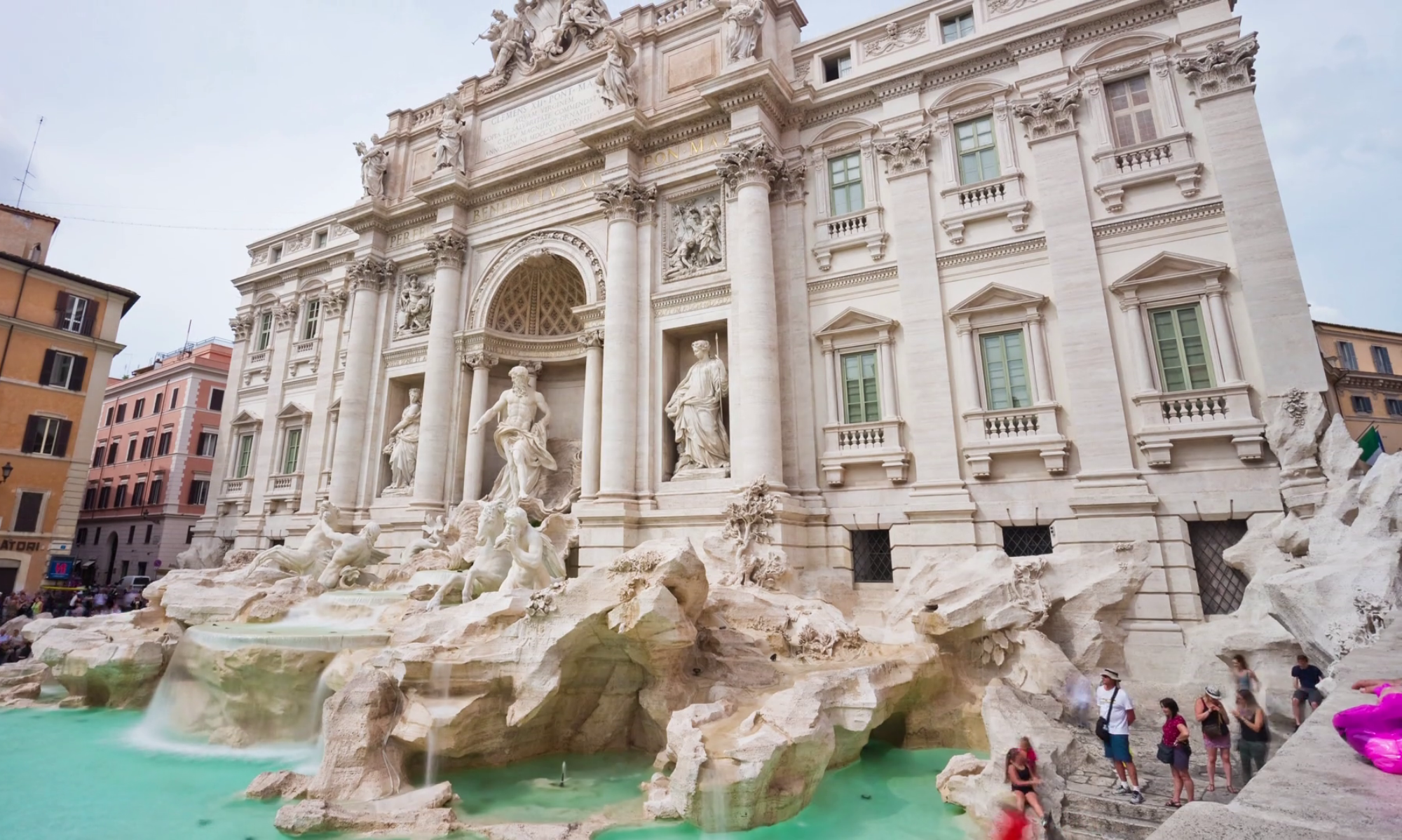Looking for a little luck this year? While you could wish on a star or hunt for a four-leaf clover, there are certain locations around the world that are famous for bringing people good fortune in love, work, family, finances and more. Some even bring better health.
Close to home is Friendship Oak in Long Beach, MS. On the front lawn of the University of Southern Mississippi’s Gulf Park campus stands a sprawling oak tree more than 500 years old and nearly six stories tall. It is said that those who enter its shade together will remain friends for the rest of their lives.

At Jade Cove in Big Sur, CA you might find a jade stone. People typically find the dark green jades here. In many cultures around the world, jade is thought to bring good luck.

Hoover Dam, on the Nevada side, there are two 30 foot tall bronze statues known as the Winged Figures of the Republic. Touching the feet is said to bring you good luck.

Abraham Lincoln’s Tomb in Springfield, Illinois has a large bronze bust of Lincoln in front of the memorial. Millions of people have rubbed the nose of the statue for good luck.

The two best known locations around the world are the Trevi Fountain in Rome and the Blarney Stone in Blarney, Ireland.
The Trevi Fountain dates back to the 1700s but the tradition of throwing coins into it became even more popular in the 1950s thanks to the American film “Three Coins in the Fountain”. Visitors fling a coin with their right hand backward over their left shoulder into the fountain. Some say tossing one coin over your back into the fountain assures you will return to Rome. Two coins brings love and three means you’ll get married. Over $1 million in coins is collected every year and donated to a local charity.

If you kiss the Blarney Stone in the Blarney Castle built over 600 years ago, you will have the gift of “blarney” or the gift of eloquence and good fortune in matters of persuasion. By the way, the only way kiss it is to climb to the top of the battlements, lean over backward holding on to a metal bar, scoot yourself over to the edge and kiss the stone.
Hagia Sophia in Istanbul, Turkey, is a 6th century place of worship turned into a museum. It is considered one of the world’s great monuments and it is also a major tourist attraction. The Weeping Column or the Column of St. Gregory is said to “weep” with healing holy water. Visitors can put their thumb into a hole in the side of the column and if it comes out damp, legend says their Illness will be cured. Another legend says that when you put your thumb in the hole and rotate your hand, you will be granted a wish.

Il Porcellino is a bronze boar statue in Florence, Italy, sculpted in 1634, which draws hundreds of visitors a day hoping for good luck. Visitors rub the boar’s snout while dropping a coin in his mouth. If the coin slides back out and falls through the grating beneath the statue, that guarantees good luck and that you will return to Italy one day.

Madron Well in Cornwall, England is purported to have healing waters. Traditionally, visitors would take pieces of rag or ribbon, known as clouties, that were torn from a part of the body where they had an injury or illness. They would tie the clouties in a nearby tree, and as the piece disintegrated, their affliction would also disappear. Today, the tree is still filled with colorful pieces of cloth for blessings and luck.

The Wishing Trees (Banyan trees), Lam Tsuen, Tai Po, Hong Kong are famous for their wish granting abilities. Write your wish on a piece of paper, tie it to a mandarin orange and toss it as high as possible into the tree branches. If the orange gets caught n the branches, the wish will come true.
Nuremberg, Germany has a 14th century fountain, Schoner Brunnen, with tiers of stone religious figures. This is surrounded by a protective railing with two rings embedded in the grate. People believe if you turn the rings, it will bring good fortune to you.
The last one I am going to tell you about is the Laughing Buddha in the Lingyin Temple, Hangzhou, China. There are many replicas of this statue. He is said to the the origin of the tradition of rubbing the Buddha’s belly for good luck.
I don’t know about you, but everything I can do, silly or not, to have good luck or better health, I’m in.
